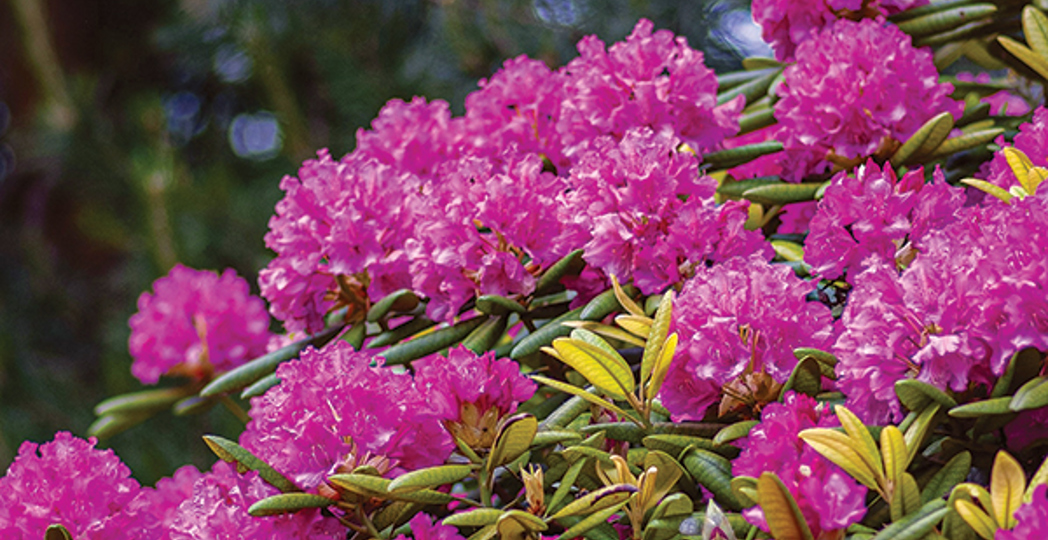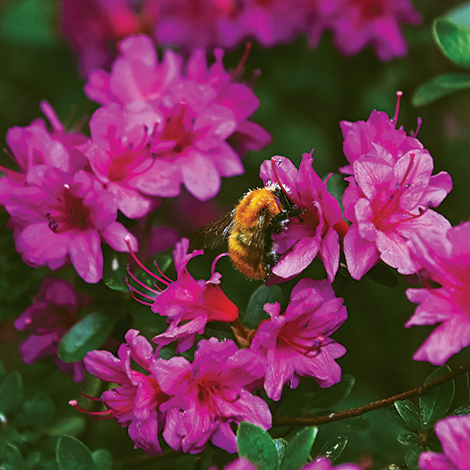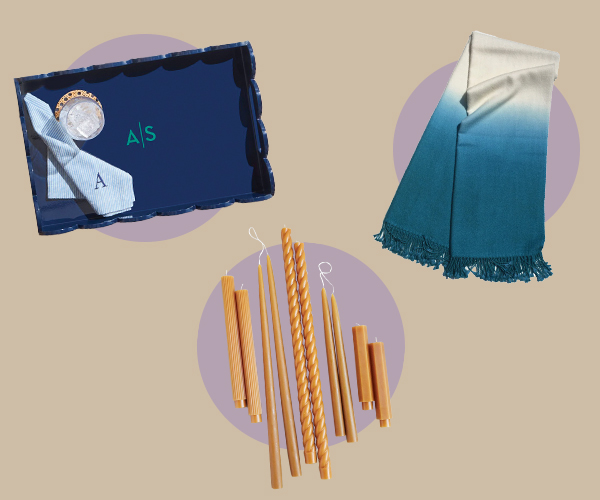Ohio's Native Rhododendrons Remain Resilient Despite Changing Climate
by Christina Rufo | Apr. 23, 2025 | 9:00 AM

Yoksel Zok via Unsplash, iStock
When rhododendrons burst into bloom each spring, their vibrant colors steal the show. But behind every rare hue and striking hybrid lies years of careful breeding, scientific precision and endless patience. Crafting the perfect rhododendron is a fascinating blend of art and horticultural science. They play a crucial role in the ecosystem and are the subject of ongoing research to ensure their survival in a changing climate.
Beyond their stunning appearance, rhododendrons are an early-season food source for hummingbirds and a hub for native pollinators like bees and butterflies.
“They’re often the first woody plants with abundant floral resources to bloom in the spring,” says Holden Forests & Gardens plant biologist Dr. Juliana Medeiros. “Some studies in India show that birds may starve if the rhododendrons bloom late because they rely on the nectar.”
Sign Up to Receive the Cleveland Magazine Daily Newsletter Six Days a Week
In Northeast Ohio, pollinators can be seen flitting around rhododendrons in an array of habitats, including areas of acidic soil, abundant sun or shaded ravines. Rhododendrons’ ability to grow in challenging environments, including bogs, forested slopes and stream banks, makes them a crucial part of local ecosystems.
With blooms that range from soft pastels to vivid, eye-popping shades, these plants put on a spectacular show from early spring through late summer. “Breeding is all about creating a better landscape plant,” explains Connor Ryan, rhododendron collections manager at Holden Forests & Gardens. “By combining traits from plants worldwide, we can develop rhododendron hybrids that are more resilient to heat, drought and disease, ensuring their viability in different climates.”
This means there’s a rhododendron for just about every garden space, whether you want a towering shrub or a more compact variety. There are an estimated 1,200 rhododendron species that serve different ecological roles that can be appealing for hybrid breeding.
The key to keeping rhododendrons happy in a changing climate is a mix of observation, adaptation and conservation. Choosing resilient native and hybrid varieties, monitoring them closely and adjusting care as needed will be crucial.
RELATED: 5 Northeast Ohio Nurseries That Offer Native Plants and Flowers

But finding the best rhododendron for your home garden can be easy. Among the state’s five native species, early azaleas (Rhododendron prinophyllum) and pinxterbloom azaleas (Rhododendron periclymenoides) live local to Northeast Ohio. Visit your local nursery — or Medeiros suggests public gardens like the Holden Arboretum — to compare options.
Beyond their ecological and ornamental importance, rhododendrons are one of the most significant plant groups being studied for medicinal properties, with research exploring their use in treating diseases like diabetes and cancer. Medeiros emphasizes that conservation efforts are essential to preserve the plant’s untapped medicinal potential.
No one can predict exactly how shifting temperatures and weather patterns will affect rhododendrons, but breeders and researchers are working to develop tougher varieties. Spectral imaging helps scientists study pigments and plant characteristics that may hold the key to better adaptability. Even with this research, Medeiros warns, “the changes are going to be so unpredictable and chaotic — there’s no way a plant is going to be prepared. It’s more up to us as gardeners to pay attention and ensure they get the care they need.”
For home gardeners, that means staying flexible. Experimenting with placement in different parts of the garden to find the best microclimate and keeping an eye on humidity levels can make a big difference.
RELATED: How to Make an Environmental Difference in Your Own Cleveland Backyard
“Low humidity is probably their worst enemy,” Medeiros says. “If someone has a really important rhododendron, they might consider installing a misting system to help maintain moisture levels.”
Similar to sprinklers, a misting system produces a fine spray designed to cool and increase humidity, ideal for moisture loving plants like rhododendrons. Setups include nozzles, tubing and a water source, sometimes with a timer for automation. Gardeners can attach nozzles to a hose or PVC pipes near plants and mist in the morning or late afternoon to prevent drying out.
As groups such as the Rhododendron Research Network continue research, more insight on how to help these beloved plants thrive will emerge. With a little effort and a lot of passion, Clevelanders can ensure the enduring beauty and ecological value of rhododendrons for generations to come.
For more updates about Cleveland, sign up for our Cleveland Magazine Daily newsletter, delivered to your inbox six times a week.
Cleveland Magazine is also available in print, publishing 12 times a year with immersive features, helpful guides and beautiful photography and design.

Christina Rufo
Christina is a passionate reporter on Cleveland's culture and dining scene, compiling Cleveland Magazine's monthly dining guide. A graduate of West Virginia University's journalism school and the New York University Publishing Institute, her work celebrates the people, plates and parties that make Northeast Ohio shine.
Trending
-
1
-
2
-
3
-
4
-
5










